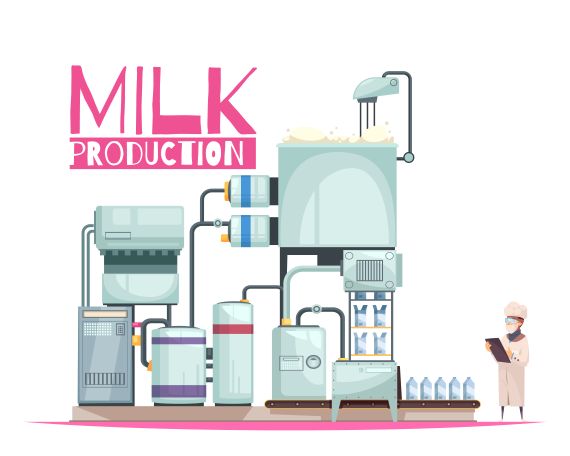2263

The automation of dairy processing plants in Romania has become a priority in the context of a shrinking workforce and increasing pressure for efficiency and standardization. In recent years, more and more medium and large units have integrated automated pasteurization systems, CIP cleaning, SCADA monitoring, and fully automated bottling lines.
According to data collected by the Ministry of Agriculture in 2024, approximately 62% of large dairy factories in Romania use at least one fully automated system in one of their production flows. Automation brings significant benefits: reducing technological losses by up to 12%, lowering operational costs, and increasing the consistency of finished product quality.
Initial costs remain high – a fully automated pasteurization and packaging line can exceed €700,000. However, investment payback occurs on average within 3–5 years, according to analyses conducted by industry consultancy firms. AFIR and NSP programs provide co-financing of up to 65% for such modernization projects, but the bureaucratic process often discourages small processors.
Despite the benefits, challenges persist: integration with outdated infrastructure, lack of qualified personnel for maintenance and configuration, and the absence of an organizational culture focused on digitalization. In many cases, automation is only partially used, without fully exploiting the potential of the data generated by automated processes.
Looking ahead, the full integration of Industry 4.0 solutions will be decisive for the competitiveness of Romanian factories on the EU market. Automation is not just a technological option but an economic necessity in a sector where margins are increasingly squeezed by costs and compliance requirements.
(Photo: Freepik)




